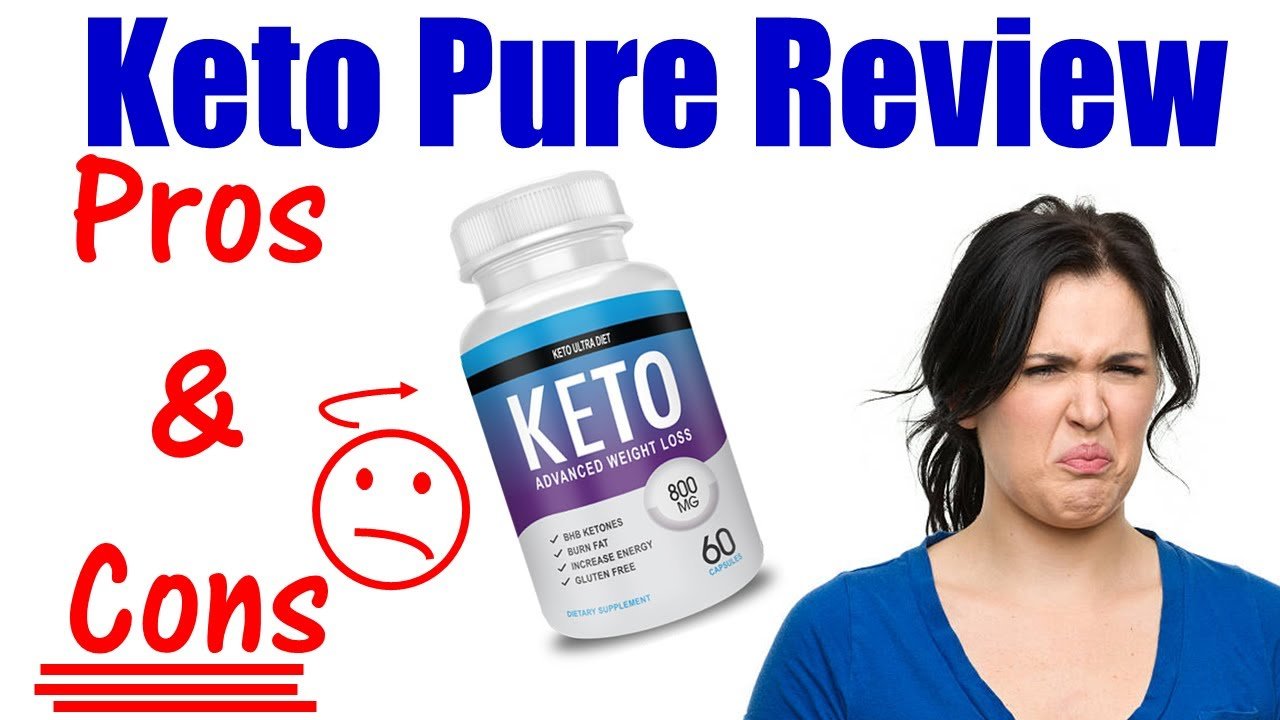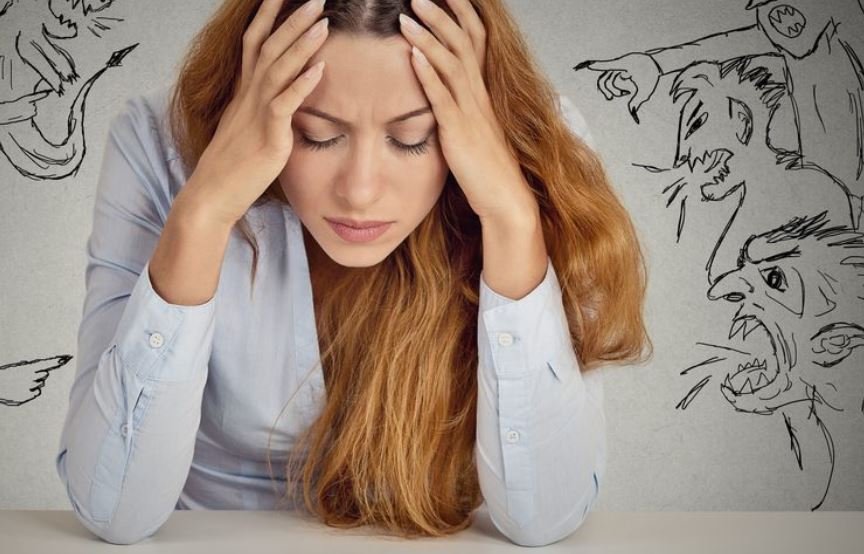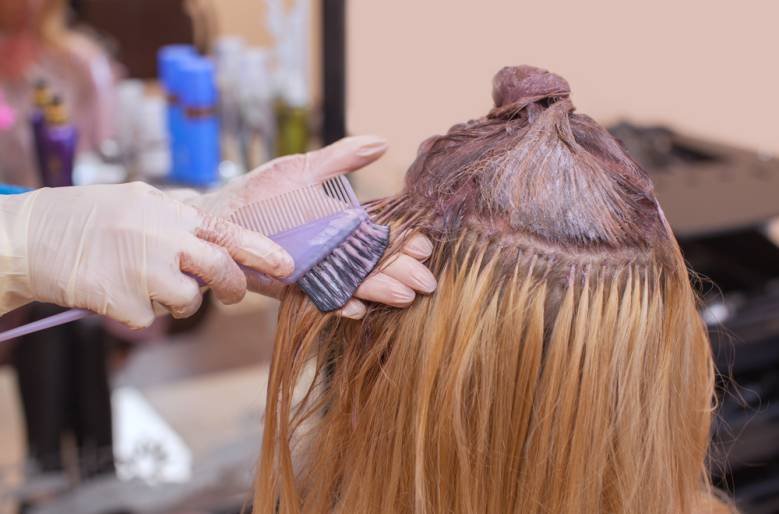

NCIS star Pauley Perrette had an extreme allergic reaction to hair dye in 2014. The actress, a natural blonde, had for the past 20 years been dyeing her hair black. Then suddenly, she developed a rash on her scalp and neck that got worse after every coloring.

Allergic reactions to hair colorings are rare but can get serious within no time. The Gemma Williams can attest to this after she contracted septicemia from using black dye. The make-up and beauty artist looked like “bubble woman” within 12 hours of using the dye. She suffered red marks, eyes nearly glued shut and got burns around her ears.
The same happened to Mike, whose head swelled to twice its size in 24 hours.
Hair dye gives hair different effects like purple streaks to gray concealing tones and raven sheen goth. However, if you experience face blistering, eye swelling, and scalp reddening effects after applying the dye, then you are among the few people allergic to dye.
Allergic reactions usually appear after the second or third application, according to Dr. Zoe Diana Draelos. She is a research and clinical dermatologist at Duke University. Your body has to develop antibodies and this takes place after you’ve been exposed to the dye.
The ingredients used in hair coloring products sometimes irritate the skin causing allergic reactions. These allergic reactions are mostly caused by Paraphenylenediamine (PPD), an ingredient in hair dyes. The PPD comes in its own bottle especially in boxed brands and is accompanied by an oxidizer. When mixed, the two become partially oxidized which leads to allergic reactions.
The allergic reactions can happen to both women and men of any age. “It used to be we saw it a lot more in older women, because they were the ones who dyed their hair to cover gray, as opposed to younger women who are now doing a lot more dyeing just for style and fashion purposes,” says Draelos, “Your immune system is better when you’re younger, so younger individuals might get a more dramatic reaction.”
Hair dye reactions in mild cases involve dermatitis on the ear rims or upper eyelids. In severe cases, there is marked swelling and reddening of the face and scalp. The allergic contact dermatitis reaction if not treated can become widespread.
According to Dr. Draelos, hair color reactions sometimes get quite vivid in patients. Imagine how someone looks after getting mosquito bites and you will get the picture. “Their eyes are swollen shut,” she says. “Their faces are all puffy. They have lots of [fluid] in their faces. They may have blisters. The skin may be very tight and uncomfortable because there’s so much fluid.”
Other symptoms include:
In extreme cases, the allergy causes anaphylaxis which can be fatal. Symptoms include:
Make sure that your skin is not sensitive by doing a patch test, 48 hours before applying the dye to your hair. You should however not do the test if:
Follow instructions indicated on the colorant box. Here are the steps to follow:
You can treat some symptoms immediately you notice a reaction to hair dye. Some of the options available are:
If the symptoms fail to change or get worse, visit a doctor. He will prescribe prescription-strength corticosteroids available in forms like eye and ear drops, creams, lotions and pills.
Most people have no reactions to hair dye but if you are one of the few allergic to it, then there are preventive measures you can take. Of course, after purchase, you have to do a patch test at the salon to confirm that your scalp is not allergic. Request for one and be on the safe side every time you want to dye your hair.
As you shop for familiar brands, you will notice that most of them contain PPD. These that contain a lot of PPD are most likely to cause reactions. Brands today however, have become wise and easily deceive consumers with words like ‘herbal’ and ‘natural’ on the boxes. Associate Professor, Dr. Andrew Scheman, of the Clinical Dermatology department at Northwestern University, says that most so-called natural hair dyes are not.
To know what’s inside the container of hair colors, read the ingredients label and watch out for terms like:
Dark brown and black dye colors should be avoided especially if you are allergic or sensitive to PPD. This is because they contain a high concentration of PPD. Other chemicals that cause allergic reactions in hair dye include peroxide, resorcinol, and ammonia.
To avoid allergic reactions, you can use Henna which is a natural type of hair dye. To make it, dried leaves from the Henna plant are crushed to retrieve juice. For the henna to get darker, it has to be allowed to sit for two to three days. The henna contains natural dyeing properties like tannins and red pigments which can also be found in grapes. You can also use semi-permanent and vegetable-based dyes.